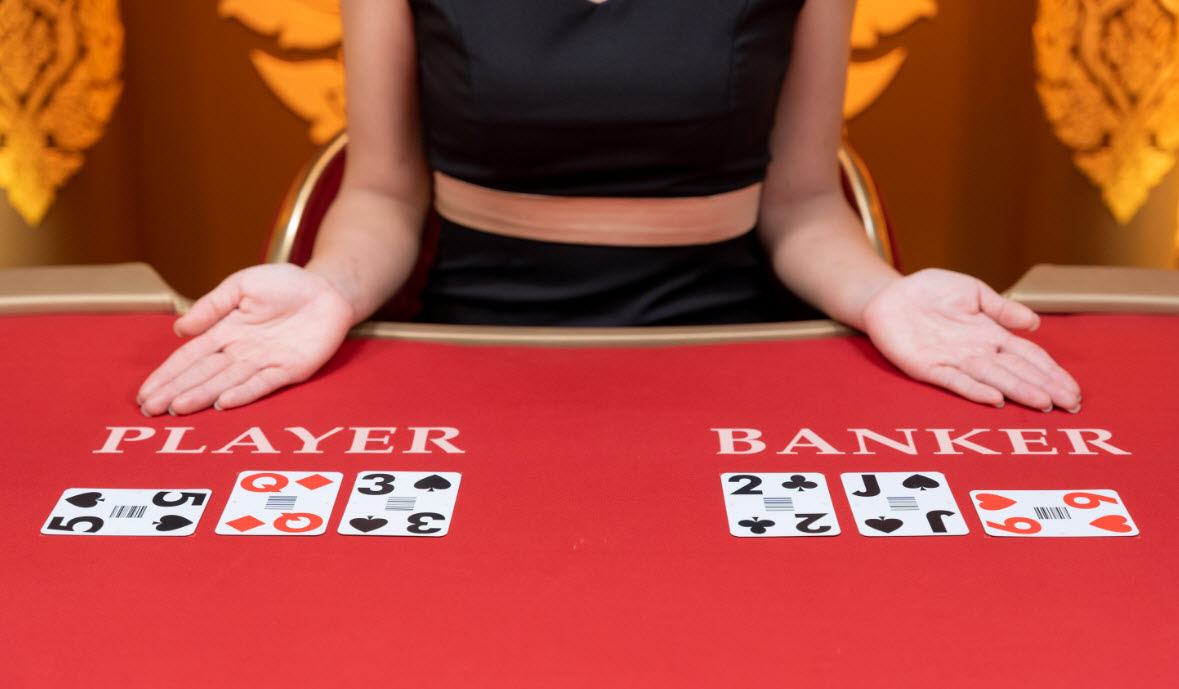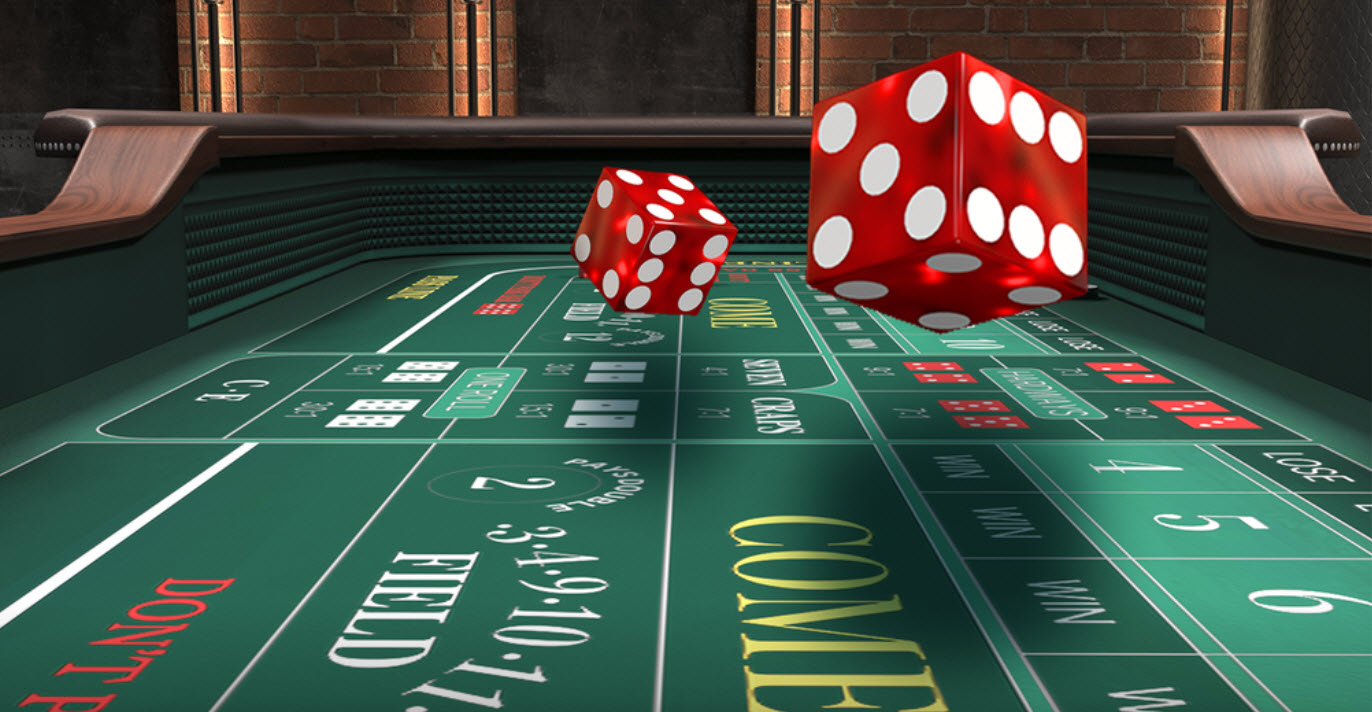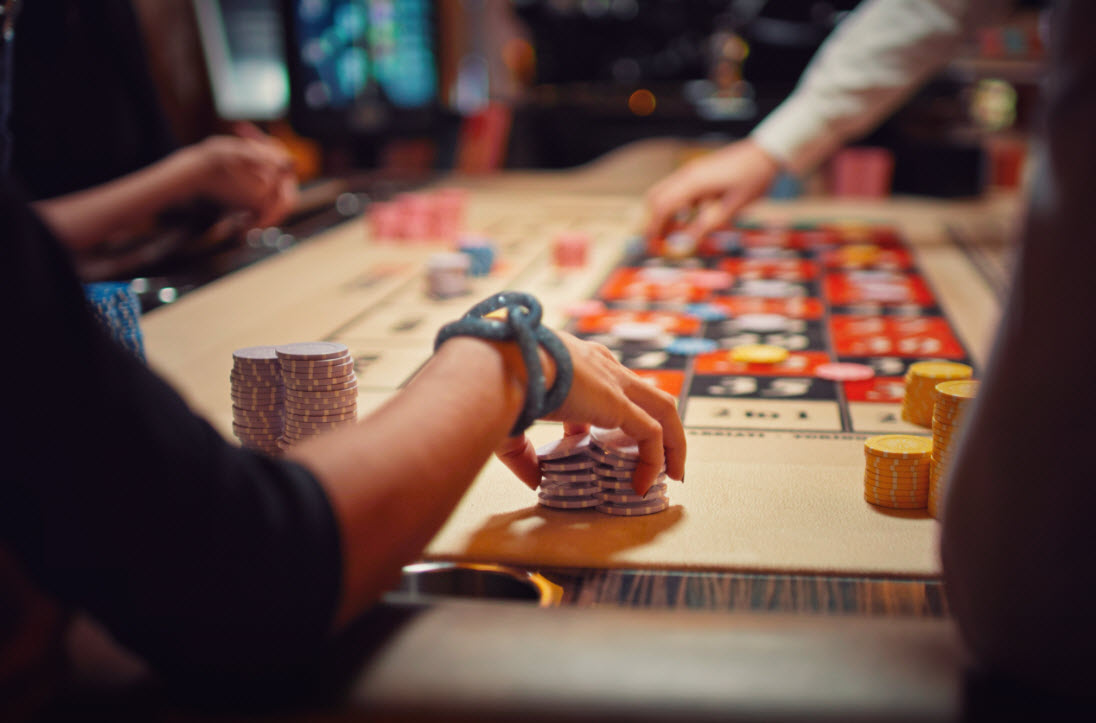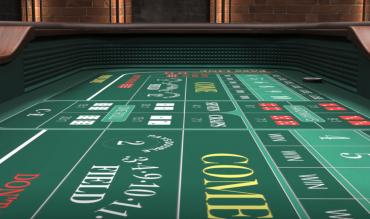It takes strategy – or at least a little study – and sound decision-making to take advantage of the lowest house edges in casino games.
Whether online or offline, you can muddle through blackjack knowing little more than the rules. But to cut the house to less than 1% you need to study basic strategy. And to get an edge over the house, you must learn to count cards, raise your bets in counts favorable to the player and decrease them in counts favorable to the house.
Getting the most out of video poker means learning strategies and strategy variations for each game you play.
Even craps is a challenge to new players because there are dozens of available bets. You need to know which ones to make and which to ignore.
To a large degree, the less there is to learn the higher the house edge. Slot machines have higher house edges than roulette, which has a higher house edge than Three Card Poker, which has a higher house edge than blackjack.
There are exceptions. Craps has BOTH high and low house edges, and it’s up to us as players to know which is which.
What’s a strategy-challenged player to do? If you’re out for a good time but want a fighting chance to win, what bets can you make that keep the strategy demands to the minimum?
Here’s a guide to some easy play that cuts study time and strategy worries to the bone. Just step right up to the table and play.
Baccarat – Banker Bet and Player net
Only two hands are dealt in baccarat, with one labeled “banker” and the other labeled “player.” You may bet on either hand.
Once you decide, that’s the last decision you make. Depending on card values, sometimes one or both hands will draw a third card, but there is no strategy involved. It’s all done according to hit/stand rules posted at the table, with no optional plays.
That leaves a pure guessing game, but one with a low house edge. The edge on banker is 1.06%, while the edge on player is 1.24%.

Per $100 wagered, your average loss is just $1.06 or $1.24, depending on which bet you make. Compare that to the $5.26 on double-zero roulette or the up to $15 on penny slots – with the proviso that some online casinos give you a much better deal, sometimes as low as $5 per $100.
The banker hand wins more often than the player hand, so the house gets its edge by charging a 5% commission on winning banker bets. Even so, including the commission, the house edge on banker is a mere 1.06%.
One caution: A tie bet also is offered. Avoid it. It has a house edge of 14.4%.
If this article interests you, keep reading. Alternatively, explore other topics like How to Win at Slots.
Craps, Place Bets on 6 or 8
Among the dozens of available wagers in craps, those that are the easiest to follow have the highest house edge.
You could bet on 12 and win or lose on the next roll. If the shooter rolls a 12, you win and are paid 30-1. If the roll is anything else, you lose.
It’s as easy as pie. Problem is, the true odds are 35-1 and the house edge is a whopping 13.89%.
What if you want to bet on 7? You win on and lose on anything else. The house edge is even higher at 16.67%.
To get the best the game has to offer, you need to go to multiple-roll wagers. And the simplest multi-roll wagers with low house edges are place bets.
The best of the place bets are those on 6 or 8. They pay at 7-6 odds, so you want to make your bet in multiples of $6. Dealers aren’t equipped to make change, so if you place 6 for $5 and it wins, you’ll be paid only $5. If you place 6 for $6, your winner is paid $7.

Once you place your bet, you can sit back and watch. If the shooter rolls your number, you win. If the shooter rolls a 7. you lose. If the shooter rolls any other number, there is no decision and you can either let your bet stand or have the dealer take it down for you.
The house edge on place bets on 6 or 8 is 1.52%, so those are the numbers you want. The edge rises to 4% on 5 or 9 or 6.67% on 4 or 10.
Pass and come (1.41%) and don’t pass and don’t come (1.36%) have even lower house edges. However, many new players find those bets difficult to follow. There’s an added level to play as you must wait for the shooter to establish a point number before you know what will be a winner for you.
If you’re going to play craps often, it’s highly recommended that you learn the ins and outs of pass/come and don’t pass/don’t come, along with free odds.
However, for someone dabbling at craps and playing for fun, place bets on 6 and 8 give you a low house edge with no learning curve.
Casino War
Nothing could be easier than the children’s card game “War.” You get one card, your opponent gets one card, and the higher card wins.
That’s just the way it works in Casino War, available mainly in larger offline casinos with a wide range of table games and at a number of online casinos.
You make a wager and then match your card to the dealer’s card, with the higher-ranking card winning.
The wrinkle that gives the house its edge comes when you and the dealer have cards of the same rank. Then you have an option. You can either surrender half your bet and move on to the next hand, or you can “go to war.”

If you go to war, you must make a second bet equal to your first. Then you each get one more card. If you win, you’re paid on the raise and get your first bet back. If you lose, the house takes both bets.
Michael Shackelford, the “wizard” in question at wizardofodds.com, lists the house edge on Casino War as 2.88% if you go to war and 3.7% if you surrender.
So there is a strategy to playing Casino War, but it’s nearly as easy as the rest of the game: in case of tie, go to war.
It’s a strategy that takes no time to learn. Just as with banker and player bets at baccarat and the place bets on 6 and 8 in craps, you can relax your mind, knowing no study time is needed.


